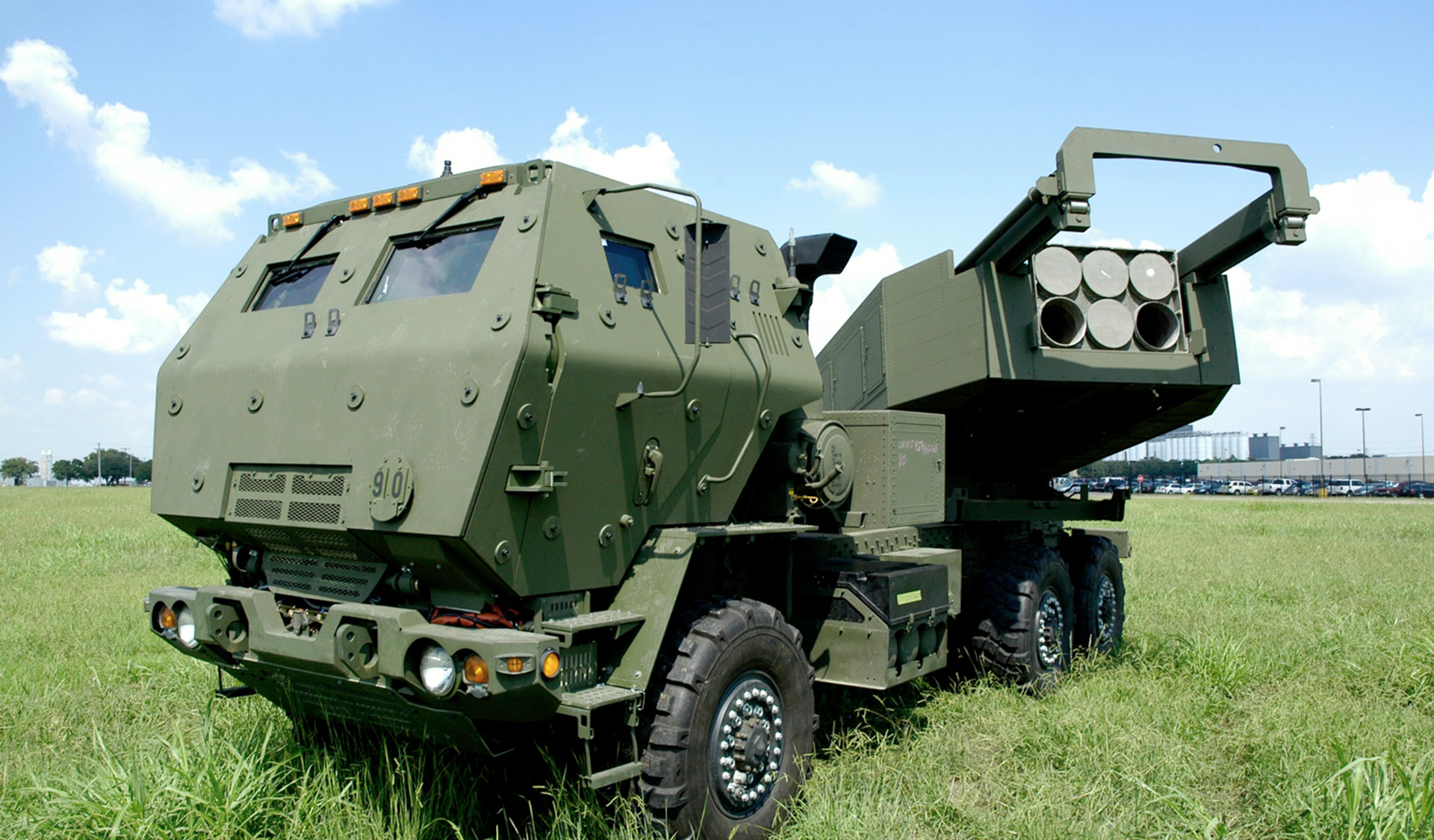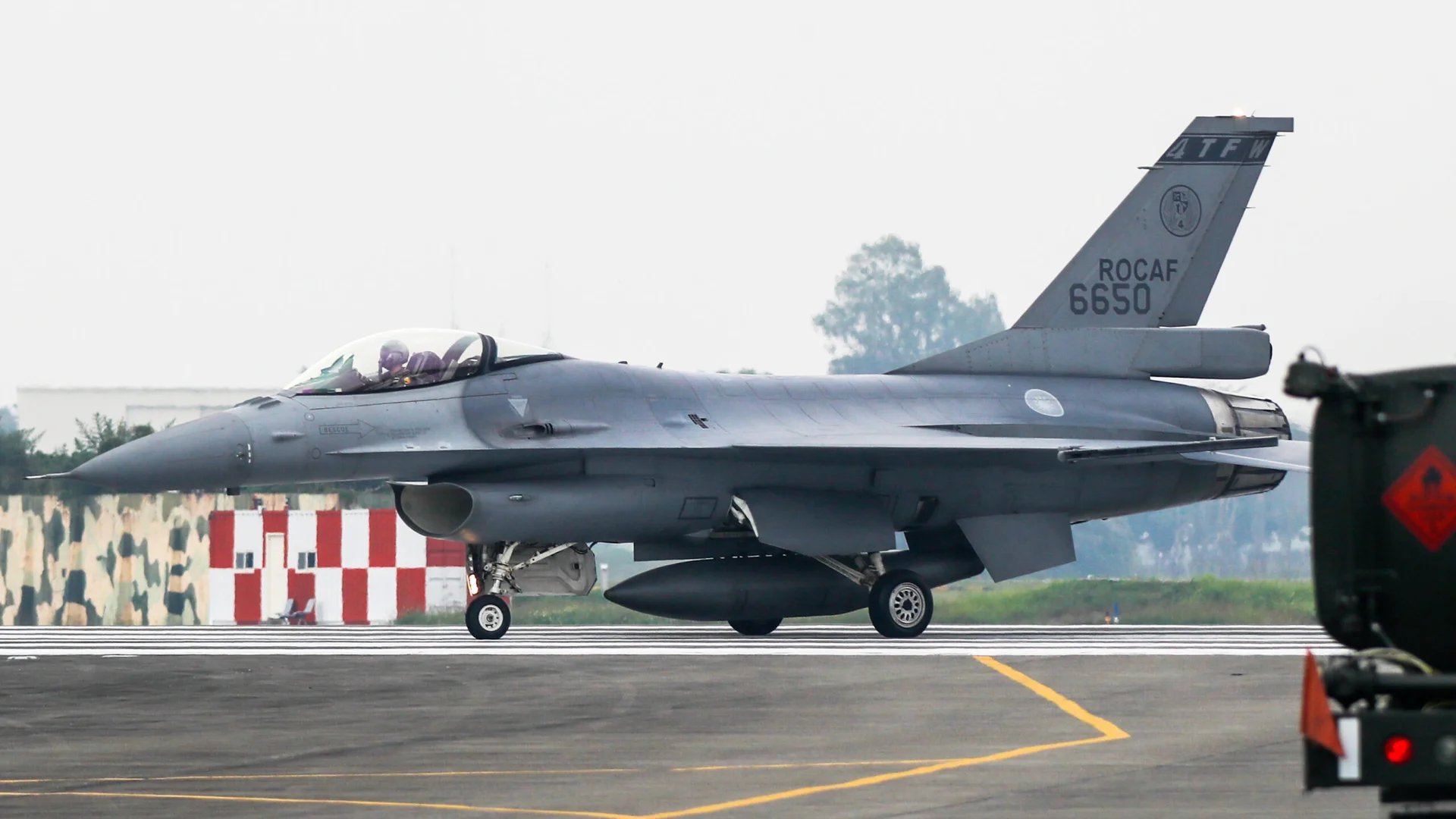Moving steadily towards its goal of attacking Taiwan and merging it with the Chinese mainland, Beijing will boost its defense spending by 7.2% this year—the same as last year but slightly more than the government’s economic forecast.
This was revealed in an official work report recently reviewed by Reuters. In the report, China said it would “resolutely oppose separatist activities aimed at ‘Taiwan independence’ and external interference.”
China also removed the reference to “peaceful reunification” and stated that it would “be firm in advancing the cause of China reunification.”
The increase in defense spending this year represents the ninth consecutive year of single-digit growth and comes at the height of tensions in the Taiwan Strait. Disgruntled by the pro-democracy candidate winning Presidential elections in January this year, China has upped military activity around the self-ruled island state.
EurAsian Times recently reported that China had used its research vessel, Zhu Hai Yun, to circumnavigate the Taiwan Strait in 2023, apparently on a mission to collect crucial intelligence. The vessel allegedly sailed on a path intended to test Taiwan and investigate the surrounding waters, which seems to be a crucial step in China’s preparation to launch military operations in the strait.
US military leaders have cautioned against complacency. Admiral Samuel Paparo, President Biden’s choice to lead the US Indo-Pacific Command, warned that China could soon use military drills to cover up an invasion of Taiwan. Thus, the writing is on the wall.
Taiwan Must Be Armed, Suggest War Games
It is predicted that in the event of a Chinese invasion, the United States and its regional allies like Japan would be forced to enter the conflict alongside Taiwan. US President Joe Biden has asserted on more occasions than one that his country would militarily aid Taiwan if China were to launch military operations.
As part of its efforts to prepare against such an eventuality, US officials, as well as think tanks, have undertaken elaborate studies and simulated war games depicting realistic combat scenarios where the PLA launches an invasion. This has been done over several years in anticipation of war and to gauge China’s military power so that an adequate military response could be formulated.
In one of the wargames conducted by the US Air Force that was set in 2030 and envisioned China’s invasion of Taiwan, the USAF used drones as a detecting grid, cargo planes delivering guided missiles, and other cutting-edge technologies to repel China. The great loss of life and equipment, however, was the price paid for the triumph.
In such a case, Taiwan was assumed to have increased its defense spending before the war and purchased drones and electronic warfare equipment, among other things.
Another such war game, ‘The First Battle of the Next War,’ conducted by the Center for Strategic International Studies (CSIS) in 2022, assessed a war game involving China, Taiwan, Japan, and the United States.
That war game found that the US, Taiwan, and Japanese forces could prevail if four key conditions were met:
- Taiwan’s ground forces could hold out against the initial PLA invasion
- Taiwan was adequately armed before the conflict
- The US could access military bases in Japan
- The US could rapidly strike the Chinese naval fleet on the way to Taiwan.
In what appears to be an earnest US effort for a Chinese invasion, the US has already been boosting its presence in the region, including arrangements for accessing bases in the region. The US maintains a rotational military presence in Japan, and if the latter were to become a part of the conflict, Tokyo would likely allow the US troops to use its bases.
The next big move is to arm Taiwan. Despite China’s warnings, Washington has been supplying the self-ruled island with combat-tested equipment, which is believed to help the Taiwanese military thwart an invasion by the PLA forces.
HIMARS & Abrams Are Here, Among Other Things
The US is expected to provide the Republic of China Army (RoCA /Taiwan) with 38 M1A2 Abrams main battle tanks (MBTs), 11 M142 High-Mobility Artillery Rocket Systems (HIMARS) and related ammunition, and 81 “BGM‐71F tube-launched, optically tracked, wire-guided (TOW) 2B” anti-tank guided missiles (ATGMs) in 2024.
According to the officer, Taiwan will secure delivery of 42 Abrams tanks in 2025 and about 28 in 2026. Additionally, the officer told the publication that about 18 additional HIMARS will be delivered to the RoCA in 2026.

The United States is arming Taiwan to the teeth. Late last year, the Joe Biden Administration signed off on an $80m (£64.6m) grant to Taiwan for the purchase of American military equipment. Despite the absence of official diplomatic ties, the US is allowed to legally arm Taiwan to enable the self-ruled island state to defend itself.
Taiwan has already paid US$217 million for four MQ-9B “Sea Guardian” drones from the previous government of US President Donald Trump. Taiwan is anticipated to get the Sea Guardian drones by 2025. If speculative reports are anything to go by, it is contemplating purchasing the MQ-9A Reaper drone for reconnaissance.

After the last military aid package was sanctioned, some Taiwanese officials hinted that a chunk of it would be used to buy Javelin and Stinger MANPADS, equipment that is considered to be imperative for applying the ‘asymmetric warfare’ strategy against China.
Taiwan already has a PAC Patriot missile defense system and is expected to buy a sizeable quantity of Patriot missiles. There is also speculation that Taiwan will eventually ask Washington to be armed with the vaunted NASAMS which have displayed their combat efficacy in Ukraine.
The F-16V fighter jets, which are being delivered to Taiwan in batches to compete with the PLAAF’s cutting-edge combat aircraft, including the J-20 stealth fighters and the H-6 class of bombers, are the country’s largest acquisition from the United States.

In May last year, Taiwan’s Minister of Defense, Chiu Kuo-cheng, announced that the delivery of 66 advanced new F-16Vs from the United States had been delayed due to supply chain disruption. The ministry was working to minimize the impact and “makeup deficiencies.” Taiwan is also buying a host of munition that could be fired from these cutting-edge aircraft.
China, on its part, routinely condemns the US arms sales to Taiwan, calling it Washington’s unwarranted meddling in Chinese affairs. It has gone so far as to say that the US was converting Taiwan into a powder keg. However, with the threat of an invasion looming, arms transactions have refused to stop and are only expected to increase.
- Contact the author at sakshi.tiwari9555 (at) gmail.com
- Follow EurAsian Times on Google News




